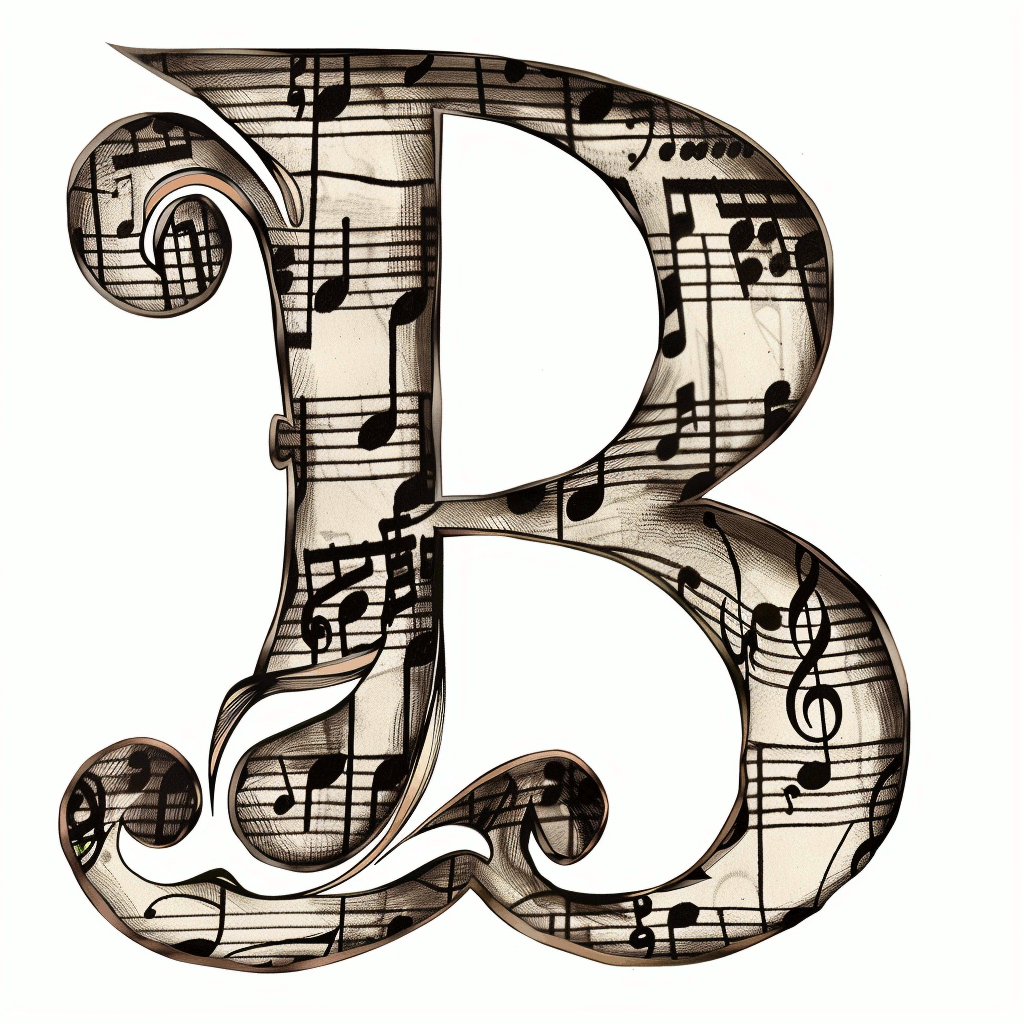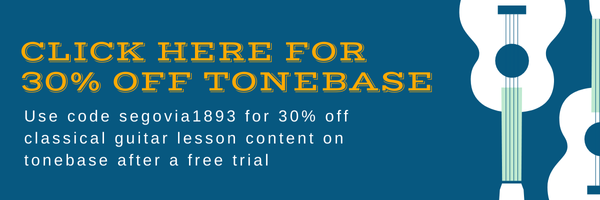In the intricate tapestry of modern music, the guitar has long been a stalwart companion to musicians seeking to express a range of emotions and ideas. But beyond the well-trodden paths of major and minor scales lies a realm less explored by six-string enthusiasts: the world of post-tonal theory. This esoteric domain, often reserved for the ivory towers of academic analysis, offers a treasure trove of new sounds and structures that can revolutionize the way we play and comprehend guitar music.
Imagine stepping into a sonic landscape where the traditional rules of harmony and melody are reimagined, where tension and resolution take on new meanings, and where the guitar becomes a vessel for avant-garde expression.
This article serves as your guide through the fascinating principles of post-tonal theory, tailored specifically for the guitar. With clear examples and accessible language, we will unlock the secrets of atonality, serialism, and beyond, empowering you to weave these concepts into your own playing.
Whether you’re a seasoned guitarist looking to push the boundaries of your creativity or a curious newcomer eager to explore the edges of musical possibility, prepare to have your horizons expanded.
Post-tonal theory is a type of musical analysis that came after tonal music. If you’ve had any basic music lessons, you’ve learned tonal music. Whether you learned scales and staff notes on the clarinet or riffs with guitar tabs, it all relates to a seven-note scale within twelve possible notes.
Think of the piano keys: there are seven white keys (A, B, C, D, E, F, G) and five black keys (A#/Bb, C#/Db, D#/Eb, F#/Eb). Twelve in total, but seven are “more important” than the others when you’re in a key.
Post tonality throws the note names out the window. The note names reflect the C major scale as having precedence over everything else. Instead, post tonality says every note has the same weight, and you don’t have to talk about note relationships in terms of scales or chords as traditionally thought.
Post Tonal Note Analysis
So what are notes called in post-tonal theory? They are numbers. C is zero, and B is eleven. So a phrase that goes, C D E, would now be called 0-2-4. Below is a reference table for this concept.
| Tonal Note Name | Post-Tonal Note Name |
| C | 0 |
| C#/Db | 1 |
| D | 2 |
| D#/Eb | 3 |
| E | 4 |
| F | 5 |
| F#/Gb | 6 |
| G | 7 |
| G#/Ab | 8 |
| A | 9 |
| A#/Ab | 10 (T) |
| B | 11 (E) |
Right away, you can see post tonal theory has an elegance because there are no sharps and flats at all in the analysis. (Post-tonal theory is mainly used in analysis – musicians still play the notes on the staff in performance.) The notes 10 and 11 are often written as T and E to keep the spacing to single characters.
Post Tonal Guitar Chords
So, how does this relate to guitar? Well, I love playing dissonant chords and have catalogued many varieties for myself on the instrument. These would be insanely awkward to write in most cases. For example, if I play the notes D, D#, and E simultaneously, is the chord a Dsus2 b9 no 5th? A half-step cluster? What the heck is that?
It’s much easier to say the chord is this: 2-3-4. Instantly, you see the chord has the 2nd note of the 12-tone scale with the 3rd note and the 4th note.
When I play this shape, I actually think of it as 0-1-2. It’s a cluster of two half steps. When I’m improvising a piece, the note names don’t necessarily matter to me as I reduce it to the basic concept. It’s the same as 3-4-5 or 7-8-9 when you think of it in terms of a “moveable Do” system.
Side note: many musicians in countries around the world use a fixed Do system, where Do (from solfege as in Do Re Mi) is always C. We use moveable Do in the U.S. where Do can start on any note. Likewise, when analyzing systems with post tonality, you can use 0 as your bass note for that chord or “scale”.
Some of my favorite dissonant chords to play on the guitar are:
- 0-1-2
- 0-1-4
- 0-3-4
If this clicks with you, you can see the first chord is the cluster of half steps. The next chord has a minor second with a major third. After that is a chord with both a major and minor third from the root.
Post-Tonal Interval Analysis
Post tonal theory really shines when analyzing intervals, or the space between two notes. It simply counts the half steps between notes. A major third is 4 (C, C#, D, D#, E). A diminished 5th is 6. An augmented 4th is also 6. The simplicity comes out here again as there is only one name for an interval, not two or three like we have in traditional theory.
Below is a reference table for traditional intervals and their post-tonal names. Note that post tonality reduces things further to the closest possible note regardless of octave. This means a perfect fifth up is the same as a perfect fourth down. The fourth is has the smaller distance, so that’s the most simplified analysis. The table includes both the full interval with direction and the simplified interval regardless of direction. You’ll see the simplified interval counts up until six then back down.
| Traditional Interval | Post-Tonal Directional Interval | Post-Tonal Simplified Interval |
| Minor second | 1 | 1 |
| Major second | 2 | 2 |
| Minor third | 3 | 3 |
| Major third | 4 | 4 |
| Perfect fourth | 5 | 5 |
| Augmented fourth/diminished fifth | 6 | 6 |
| Perfect fifth | 7 | 5 |
| Augmented fifth/minor sixth | 8 | 4 |
| Major sixth | 9 | 3 |
| Minor seventh | 10 | 2 |
| Major seventh | 11 | 1 |
| Octave | 12 | 0 |
Post Tonality on the Guitar
We can take advantage of post tonal analysis on the guitar in a unique way. There are no black and white keys on the guitar. There are just frets and strings. If you haven’t heard of post tonal music before, you can just think of the fret numbers as the post-tonal numbers. So on the low E string, the root is 0, while the fifth scale tone is the 7th fret.
In terms of intervals, a distance of two frets is an interval of 2. A distance of six frets is an interval of 6. Easy. The only tricky thing is to think of the closest note after 6 is actually below the root. So, a distance of 9 frets up is the same as 3 frets down.
I’ll add more resources to this page over time including articles and audio samples of specific post-tonal chords and sounds.
Further Exploration
For a more in-depth introduction to post-tonal theory, check out the following Wikipedia page: Post-tonal music theory – Wikipedia
My first introduction was through my guitar teacher David Tronzo at Berklee. As any student of his will tell you, David Tronzo is a beast on the guitar, both in terms of technique and analysis. He introduced me to the book Introduction to Post Tonal Theory by Joseph N. Straus. It’s a textbook so the fourth edition is pretty expensive, but you can find older editions on eBay for less. This is the book to get if you really want to immerse yourself in post tonal theory.



